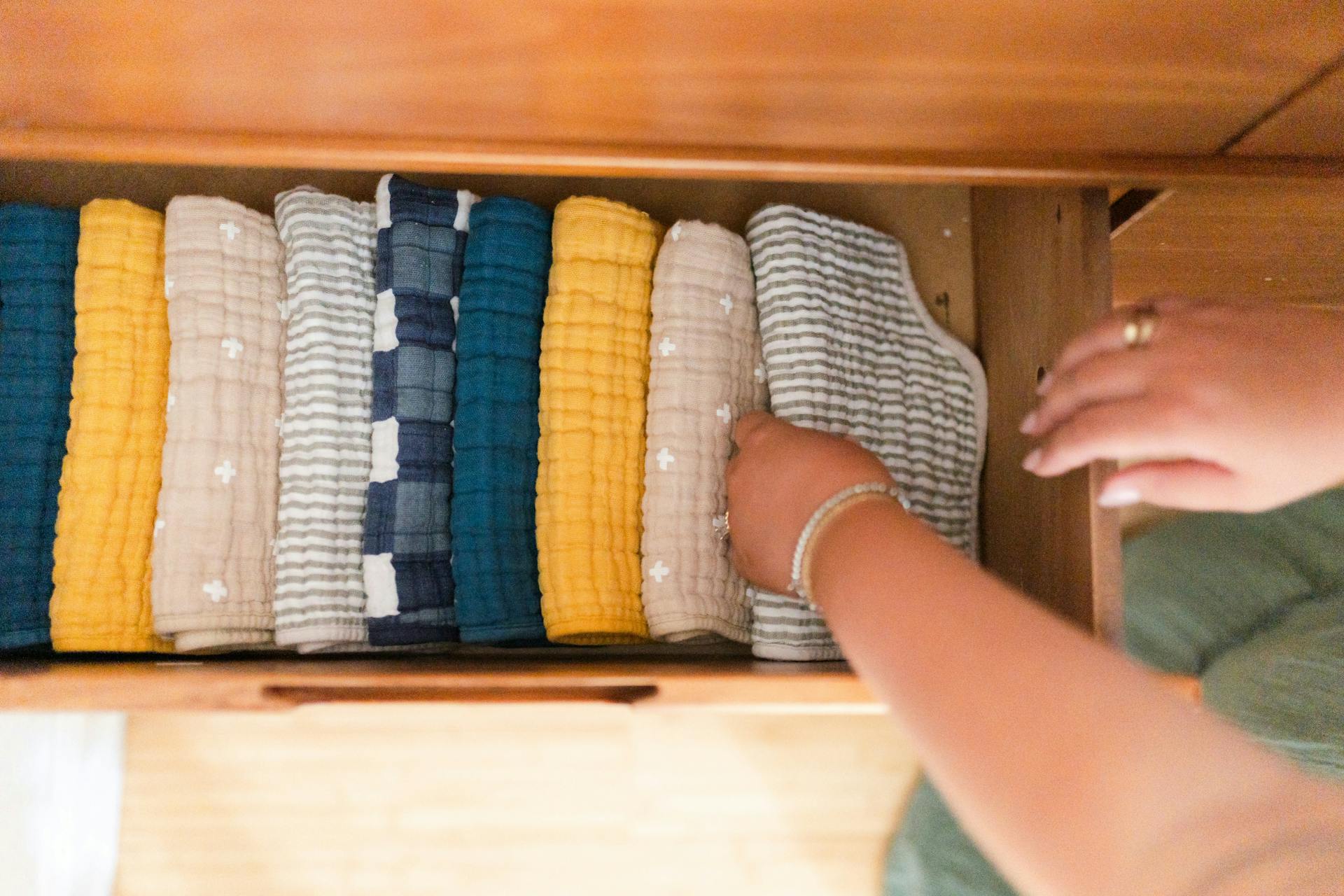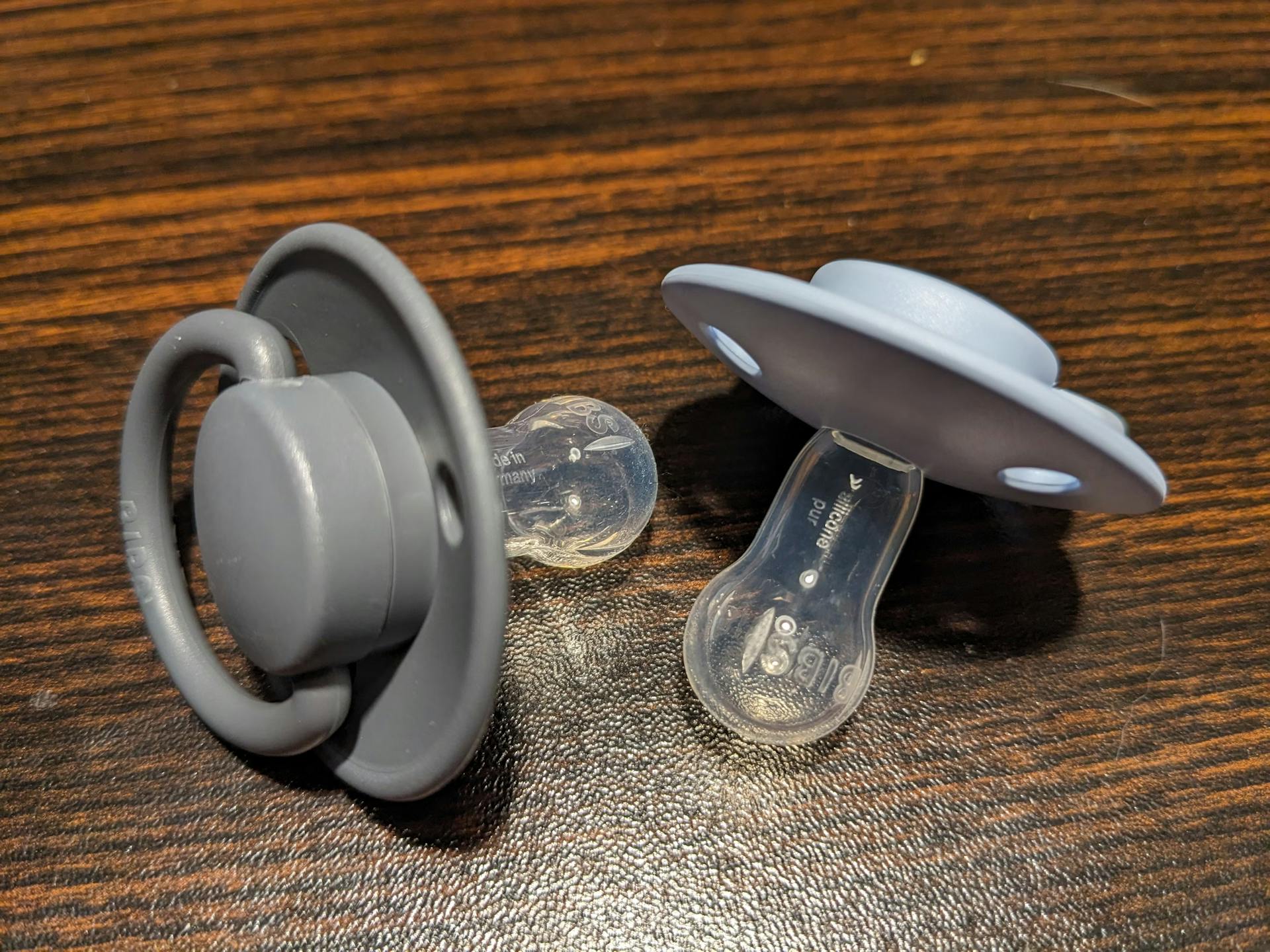How to Store Baby Items for Your Next Baby: A Complete Guide
Find your Smart Storage™ unit.
We have locations across the United States providing onsite StoreEase Virtual Customer Service™ and 2 Minute Move In® contactless rental.
We have locations across the United States providing onsite StoreEase Virtual Customer Service™ and 2 Minute Move In® contactless rental.


When your first child outgrows their gear, it’s easy to feel overwhelmed by how much stuff is left behind. Multiple-size clothes, half-used packs of diapers, swaddles, toys, bottles, and swings build up quickly, yet a good portion of it is still useful.
Knowing how to store baby items for your next baby seems simple on the surface but can save you from stress later. With some planning, you can preserve what’s worth keeping, stay organized, and make future transitions a breeze.
Not everything should be saved, and that’s perfectly fine! For the items that do cut, storing them the right way means they’ll be in better condition and easier to access when you need them again. You won’t have to dig through unmarked boxes, clean old stains, or discover a pack-and-play with missing parts.
Let’s walk you through how to store baby items, from clothing and bottles to bigger items like strollers and swings. We'll also look at where to store baby items safely and how to avoid common mistakes that lead to damage or unnecessary clutter.
Before anything gets packed away, start by sorting through what you have. Focus on keeping items in good condition, meeting current safety standards, and likely to be useful to another child. Be sure to separate clothing by size and season, check toys for missing pieces or wear, and discard anything broken or no longer functional.
All items should be thoroughly cleaned before they’re stored. For example, baby clothes should be washed with gentle detergent and dried completely to prevent mildew, and hard plastic items like high chairs, feeding trays, and toys should be wiped down with a disinfectant or a vinegar-water solution.
Saving feeding gear or breast pumps? Make sure you sanitize them and remove any pieces that could degrade over time. Plus, you’ll want to be especially mindful of parts made from rubber or silicone, which may harden or crack during long-term storage.
This is also the time to check expiration dates on gear like car seats or breast pumps. These dates aren’t just suggestions: materials break down over time, especially in safety-critical items. Anything that has expired or will expire before your next child arrives is best replaced.
Once you’ve narrowed down what’s worth saving and cleaned everything, it's time to pack with purpose. How you store baby items for your next baby plays a big role in how usable they’ll be when you unpack them again.
Choose clear, stackable bins with tight lids to remove dust and moisture, which also makes it easier to see what’s inside without opening every box. Use breathable containers, such as cotton storage bags or pillowcases, for soft items like baby blankets, clothes, or nursing covers. Avoid vacuum-sealing natural fibers, which can cause the fabric to lose shape and texture over time.
Label each bin clearly and precisely. “Baby clothes” won’t help much a year from now, but “3–6M winter clothes” or “Newborn feeding supplies” give you a clear idea of what’s inside. If you’re using multiple bins, a master list or quick inventory on your phone can be helpful. Just note which items are stored where.
It’s also a good time to be realistic. Not every item is worth the space. Moldy bibs, cracked teethers, or barely-working toys are usually better off being tossed or replaced. Packing only what you genuinely plan to reuse saves time later and prevents clutter from taking over.
Parents commonly ask how to store baby clothes for the future without damaging them. The key is to choose the right containers and protect fabrics from heat, moisture, and pests.
After washing and drying, fold clothing loosely and avoid overpacking. Fabrics tightly crammed into bins can stretch or lose their shape. Opt for cotton bags or lined bins to keep items safe but breathable. Keep cedar sachets or lavender packs nearby if you’re concerned about moths… just don’t place them directly on the fabric.
If you’re short on space, rolling clothing can help save room while minimizing wrinkles. Group by size and type (e.g., onesies, pajamas, outerwear) so it’s easier to restock drawers when the time comes.
Finally, avoid storing clothes in places with wide temperature swings, like an attic or garage. Over time, extreme heat or humidity can cause the fabric to yellow, break down, or smell musty. Climate-controlled storage is ideal if you keep items tucked away for a year or more.
Unopened diaper packs can be stored but must be kept in a cool, dry place away from direct sunlight, since warm or damp conditions affect the adhesive strips and absorbency. To reduce the risk of moisture damage, stack diapers in their original packaging or move them to sealed bins off the floor.
When it comes to feeding items, it’s normal to ask, "Can I keep baby bottles for the next baby?" and "Can pacifiers be saved for the next baby?" The bottles themselves, especially glass ones, can be saved if they’re undamaged and cleaned well. However, nipples and pacifiers tend to degrade and should be replaced. Over time, unused silicone can become sticky, cracked, or misshapen.
If you're holding on to these items, wash and sanitize everything, then pack them in resealable bags with clear labels. When in doubt, prioritize safety. Many parents choose to buy new pacifiers and nipples for peace of mind.
Once everything is packed, the next big decision is where to store baby items. Small bins can often be stored in closets or under beds, which works well for things you’ll want to grab quickly, like toddler gear or newborn essentials. Larger items or bulk storage (like bins of clothes or big gear) might be better off in the basement, attic, or garage, but only if those areas stay dry and aren’t prone to pests or big temperature shifts.
For many families, self-storage provides a clean and flexible option. If your home is already short on space or you're transitioning, moving, downsizing, or waiting between kids, a storage unit can make everything more manageable.
StoreEase facilities offer climate-controlled units, 24/7 access, and smart features like contactless entry and Bluetooth gate controls. These perks make it easier to drop items off, pick them up, or reorganize them as needed without making storage feel like another chore.
If you’re juggling work, parenting, and a home full of baby gear, the last thing you need is one more thing taking up space. Using a storage unit is one way to keep your items organized without cramming them into every available closet.
StoreEase helps simplify that process. With clean, secure facilities and no-contact access, you can store on your schedule without needing to be tied to office hours or dig through a shared garage. Whether you’re storing a few bins or making space for a nursery remodel, StoreEase gives you room to breathe.
Putting a little thought into how to store baby items for your next baby pays off later. You’ll save money by reusing what you already have, avoid the stress of hunting down last-minute gear, and free up space in your home.
Start by keeping what’s clean, functional, and safe. For baby clothes, use labeled bins and breathable storage, and skip items that won’t last another year. If your home storage isn’t cutting it, find a nearby StoreEase location to give your baby gear a safe place to land until you're ready for round two, three, or more!